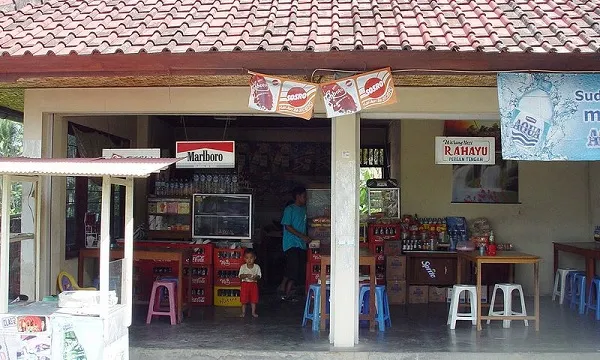
Omnichannel retailing set to take off in Asia
As consumers expect retail omnipresence, traditional shops will evolve to offer services beyond retail.
Although e-commerce has recorded the fastest acceleration in Asia and beyond, studies revealed that omnichannel retailing is set to prevail across the region, as offline channels remain large and relevant.
A study conducted by Advanis for Adobe showed that nearly three in five (58%) consumers ramped up their online shopping frequency, whilst three quarters (74%) cited an intention to change their future shopping habits, with Indian and Singaporean consumers reporting the strongest intention.
However, seven in ten still reported a preference for purchasing grocery items in person, whilst around half (47%) opted for home delivery, and 17% relied on curbside pick-up. Younger generations and urban residents preferred home delivery, whilst the older generation generally preferred in-person shopping. Amongst all countries surveyed, Australian consumers were more likely to favor in-person shopping across all product categories.
In ASEAN, the retail landscape is expected to remain highly diverse and fragmented by 2030, with small-format retail such as traditional trade and convenience stores capturing 40% to 50% of sales, according to a report by Bain & Company and the World Economic Forum (WEF). Still, e-commerce is tipped to be the fastest growing channel at 21% annually.
“Consumers will switch between online and offline throughout their consumption journey. As a result, social media, e-commerce, everyday apps and offline channels will converge into an integrated platform,” the report stated.
This will translate to shoppers coming to expect retail omni-presence, which can mean two things: that traditional trade will evolve with new service offerings, and that channel roles will be blurred as consumers switch between online and offline
Traditional shops to evolve
Called the warung in Indonesia, sari-sari stores in the Philippines and mamak shops in Singapore, traditional trade is expected to remain essential in 2030, attributed to their proximity, familiarity and a form of credit, especially in rural and lower-income neighbourhoods. However, they are projected to slowly lose market share from roughly 22% today to 16% in 2030.
Facing this, traditional trade will evolve to offer services beyond retail, such as digital financial services (including e-wallet top-ups, microloans and mobile credit purchase) and last-mile delivery for e-commerce. The report noted that this evolution will be accelerated as B2B players such as Bukalapak, Warung Pintar and GrowSari provide value chain support.
“For example, they enable inventory management and replenishment through mobile applications, connect stores directly to manufacturers and provide digital POS and Wi-Fi connectivity,” Bain and WEF added.
Furthermore, 80% of shoppers compare prices online, yet 90% still purchase offline. The report commented that ASEAN shoppers go online to compare prices, save time and make purchases around the clock, but they still prefer physical stores to be able to touch and feel a product, validate its authenticity, as well as for the shopping experience.
Stronger consumer engagement urged
To maximise on these trends, the studies showed a need for businesses to ramp up consumer engagement. The report emphasised that companies will need to double down on digital engagement, optimise marketing spending to mirror the omni-channel consumer journey and focus on building two-way communication
Marketers have done well at keeping brand sentiment relatively positive, Adobe noted, with the vast majority of marketers expressing that organisational communications have been authentic (94%) and have resonated with customers (92%). Consumers largely agree, with two-thirds of consumers confirming that brands are communicating just the right amount.
Interestingly, however, nearly one in five consumers (16%) felt that brands are not communicating enough.
With this backdrop, Bain and WEF recommended rethinking marketing spending to mirror the consumer journey. They urged companies to identify specific touchpoints across a consumer’s lifecycle to decide the right messaging, mix of marketing media and level of investment.
“For example, before purchasing a wellness product, a consumer may browse Instagram to see what her favorite influencer buys. She will then visit Watson’s to compare brands and to touch and feel the product before buying on Lazada for the cheapest price. One week later, she will receive direct email marketing from the brand and make another purchase on brand.com,” the report added.
Furthermore, modern consumers are also seeking two-way interaction with brands. “The best companies use innovative engagement tools to build a relationship with their consumers, creating or integrating into a community with a common cause, for example,” it noted.



















 Advertise
Advertise






